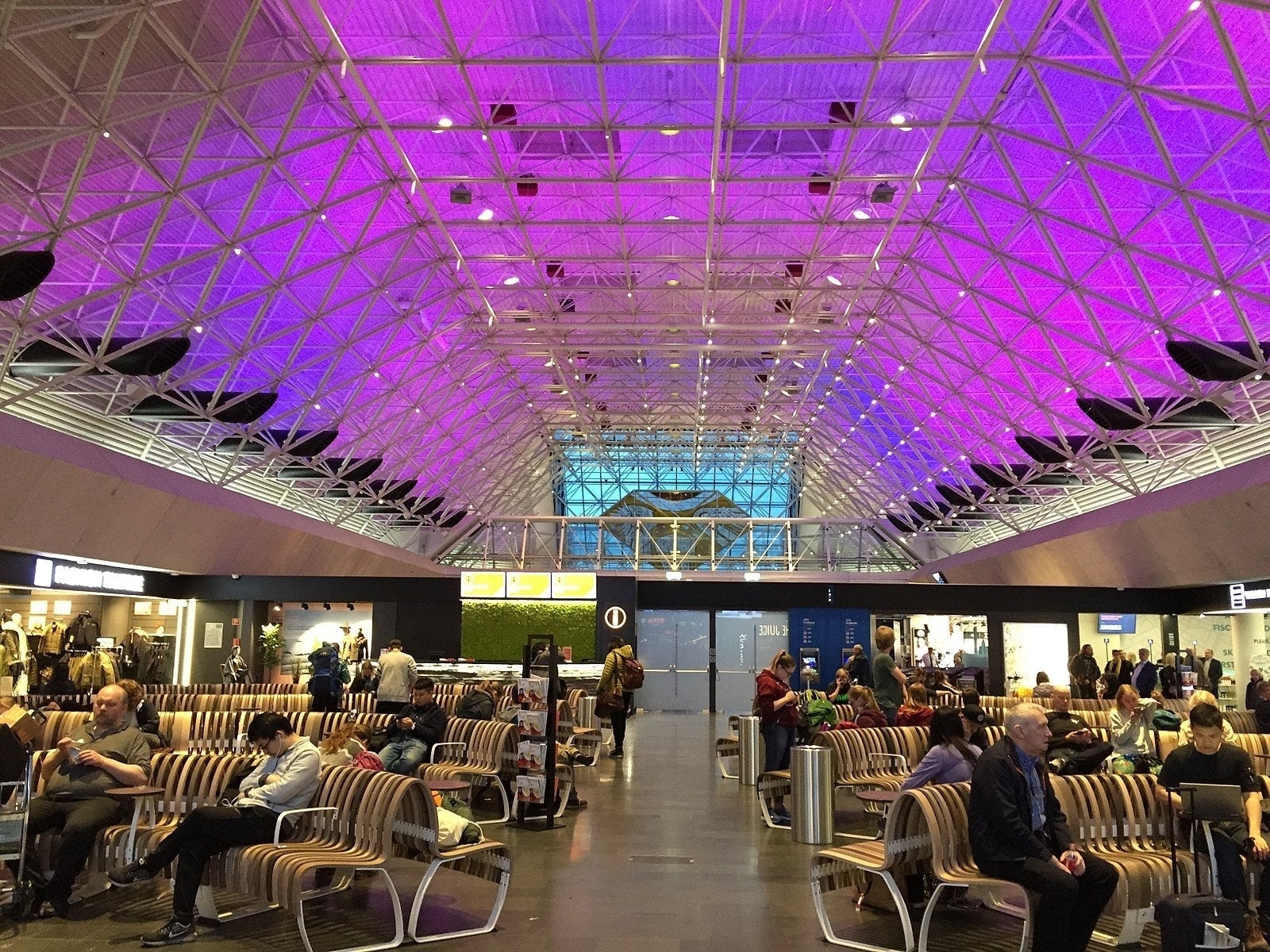
9 Worst Tourist Traps in Iceland

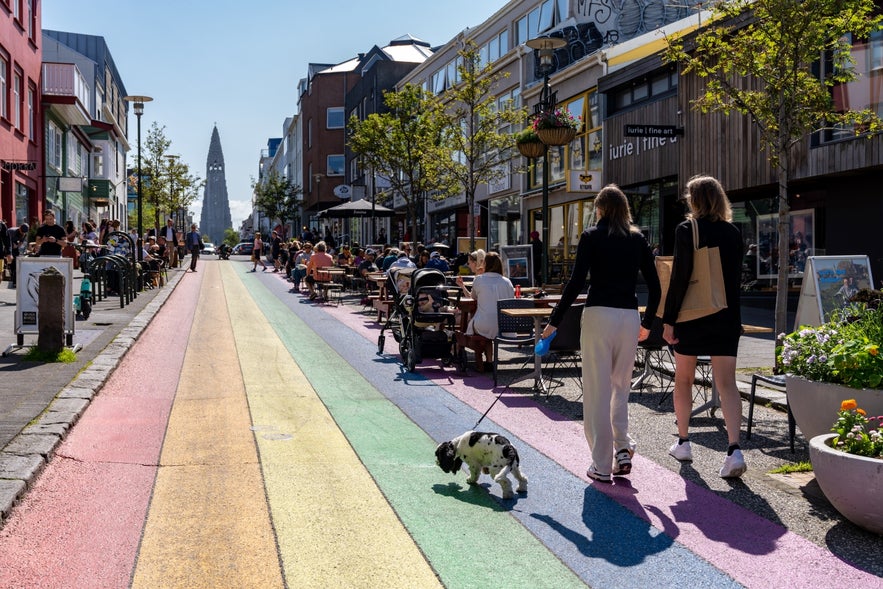
Iceland is one of the friendliest and safest countries in the world, but, like any popular tourist destination, there are certain traps that unsuspecting visitors might fall into that can really ramp up travel costs. Read on to ensure you don't fall for any of them during your visit!
With its otherworldly landscapes and unique geological features, it's no wonder that tourists flock to Iceland in ever-increasing numbers. However, as tourism booms, so too do the sometimes unintended tourist traps that threaten to ensnare unsuspecting visitors in their grasp.
Whether it's finding a cheap rental car in Iceland's largest tourist marketplace or finding a great deal on your accommodation in Reykjavik, paying attention to costs can make a world of difference when it comes to planning your vacation. Iceland is already an expensive destination - why make it even more expensive?
From inflated prices to overcrowded attractions, navigating the Icelandic tourism scene requires a keen eye and a discerning mind. In this article, we'll dissect the worst tourist traps in Iceland to help you avoid falling victim to schemes geared towards gullible travelers and honest mistakes you might make as a visitor to this beautiful country.
- Read about the Top 11 Iceland Travel Tips
9 Worst Tourist Traps in Iceland
Let's move onto the specifics and dive into some of the worst intentional and unintentional tourist traps in Iceland.
9. Fake Icelandic Sweaters
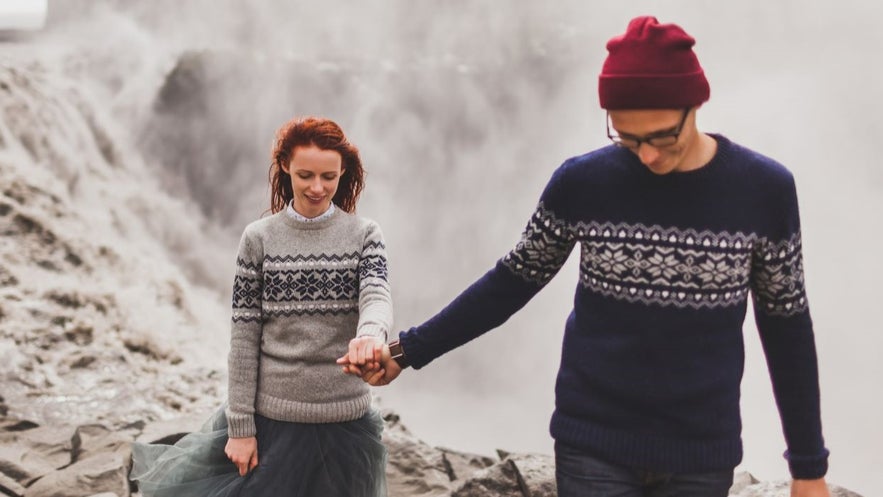 The "Lopapeysa," or Icelandic woolen sweater, is perhaps the most traditional piece of Icelandic clothing. It originated in the early 20th century when imported threads transposed traditional Icelandic attire, and the population had to come up with new ways of utilizing an unexpected abundance of native sheep wool.
The "Lopapeysa," or Icelandic woolen sweater, is perhaps the most traditional piece of Icelandic clothing. It originated in the early 20th century when imported threads transposed traditional Icelandic attire, and the population had to come up with new ways of utilizing an unexpected abundance of native sheep wool.
Today, the Lopapeysa has become a traditional Icelandic garment that is fundamental to the unofficial national costume and is sought out by travelers and locals alike. Unfortunately, not all of the woolen sweaters you'll find in Iceland will be authentic!
- See also: What to Do and Where to Go in Iceland
In recent times, the spotlight has been on an ongoing Lopapeysa fiasco, where many sweaters are made from machines in other countries, such as China, or may even be made from the wrong material! This has since been found to be the case for many of the woolen sweaters sold for obscene amounts of money in Iceland.
To learn more about how to tell an authentic lopapeysa from a fake one, you can take steps such as looking for seams (authentic lopapeysa does not require stitching), looking at the material label, and more. To find out more about this fantastic piece of clothing, where to get it, and how to tell a work of fraud from the real deal, check out our Ultimate Guide to Traditional Icelandic Sweaters and Wool.
8. Bottled Water
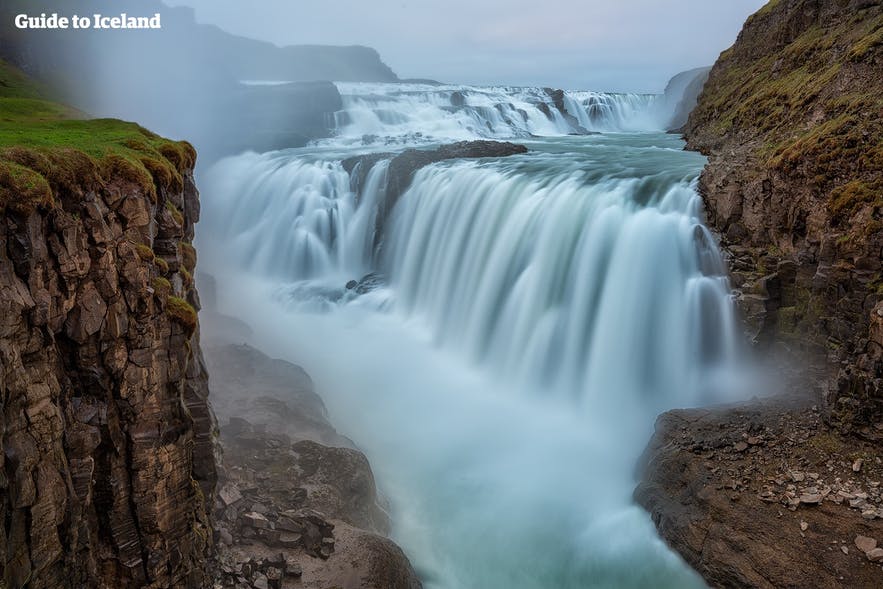
The best drink in Iceland is free of charge. Iceland is blessed with an abundant fresh water supply. The quality of the water that runs from every tap is quite exceptional, and you can ask for a free glass of water anywhere you go (even in a restaurant).
Despite selling water in Iceland being comparable to selling sand in the Sahara, overpriced bottled water is available almost everywhere in Iceland. This is a blatant tourist trap; your money would be better spent on a reusable water bottle that you can refill wherever you go.
There seem to be no limits to how far some people are willing to go in order to push their products. An owner of a now-closed hotel in central Reykjavik went as far as warning his guests not to drink the tap water in their rooms. He instead instructed his guests to buy bottles of water branded with the hotel's label for about 3 USD each.
An investigation into the incident revealed that the hotel's tap water was perfectly clean and safe to drink. Even worse, it also revealed that the water in the bottles sold there actually came from the hotel faucets!
To avoid falling for a water swindle in Iceland, simply bring your own bottle. You're safe to fill it up from any faucet and drink free clean water for the duration of your holiday.
- See also: 9 Best Cheap Things to Do in Reykjavík
7. Forgetting Your Towel Before Bathing
 Iceland has a rich bathing culture, which is deeply ingrained in the country's history and lifestyle. This culture revolves around the country's abundant natural geothermal resources, which provide an unparalleled bathing experience, whether it's dipping into one of the country's public pools or taking a hot springs tour.
Iceland has a rich bathing culture, which is deeply ingrained in the country's history and lifestyle. This culture revolves around the country's abundant natural geothermal resources, which provide an unparalleled bathing experience, whether it's dipping into one of the country's public pools or taking a hot springs tour.
While some spas in Iceland, such as the Blue Lagoon and the Sky Lagoon, include a towel in the admission, many other spas do not. Some charge a pretty penny for the use of a towel, which can make an already pricy experience even pricier. This is also the case at public swimming pools.
Then, of course, there are the natural hot springs you can bathe in, where you won't find any towels at all, leaving you at the mercy of the Icelandic elements to dry you off - an experience we do not recommend!
To save yourself from pneumonia, damp clothes, and spending an unnecessary amount of money when partaking in Iceland's fantastic bathing culture, do yourself a favor and bring a towel. To paraphrase the Hitchhiker's Guide to the Galaxy, a towel is about the most massively useful thing an interstellar hitchhiker can have.
6. The Airport Currency Exchange
Photo from Wikimedia, Creative Commons, photo by Antony-22.
Unlike many other countries in Europe, Iceland's currency is not the Euro. The country uses its own currency, the Icelandic krona (ISK), the coins of which are easily recognizable by the iconic imagery of Icelandic maritime creatures adorning them.
While most places in Iceland take card or contactless payments, many travelers prefer having physical currency on hand in case they need it. Arriving at Keflavik Airport, you will find a currency exchange where you can stock up on Icelandic currency.
However, the branch in question uses a less favorable exchange rate than the one used in other Icelandic banks. Of course, this is a standard tourist trap in almost every country—hardly unique to Iceland. Remember to change your money before going to the airport at the end of your holiday to avoid being stuck with large amounts of Kronas abroad.
5. Airport Taxis
 Photo by Peter Kasprzyk
Photo by Peter Kasprzyk
Taxi prices in Iceland are quite high. Unfortunately, there's no Uber in Iceland, not even in the capital city of Reykjavik. There's no Lyft in Iceland, either. Public transportation and taxis are your best options.
Taxis in Iceland come in all different makes and models and are identified by the internationally recognized yellow roof sign. Regardless of the vehicle type, they all use official taximeters. Usually, there will be rows of taxis outside bus centers and designated locations in downtown Reykjavik, such as the larger hotels and nearby popular bars and nightclubs.
However, one row of taxis you should avoid, if possible, is the one that waits for passengers outside the Arrival Terminal at Keflavik Airport. The fare for the one-hour drive from Keflavik Airport to Reykjavik can be several times more expensive than other options of available airport transfers.
Once in Reykjavik, however, visitors can walk, bike, or hop a bus anywhere they need to go. Bicycle rentals are common, and a "bus passport" is available during the summer months, making it easy to get around town no matter how many things are on your to-do list.
- See also Ultimate Guide to Flights to Iceland
4. Overpriced Convenience Stores
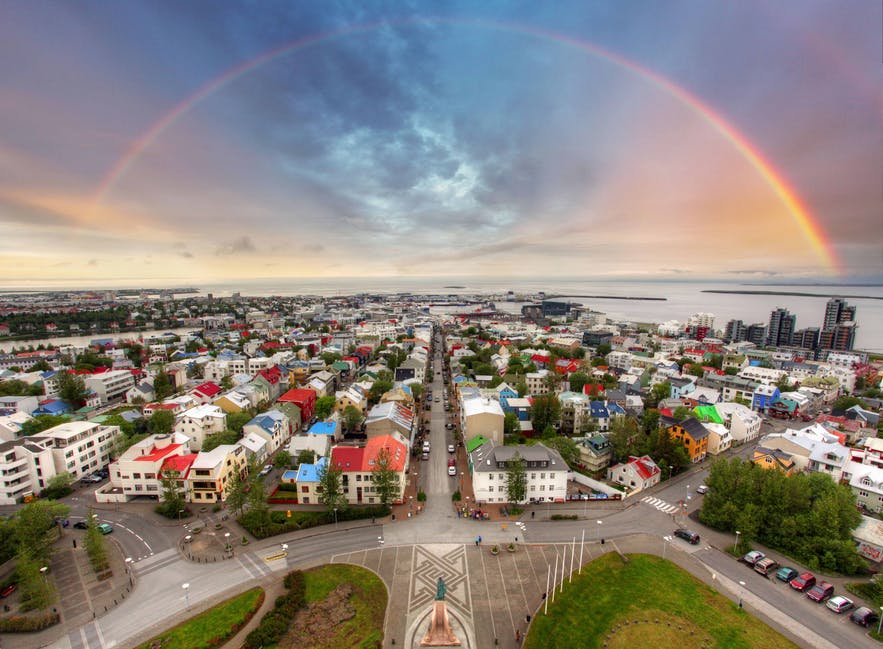
There are plenty of convenience stores in Iceland with varying prices, wares, and opening hours. Depending on what you're looking for, some of these will obviously be more convenient than others, but there are certain stores in downtown Reykjavik that would more accurately be named "inconvenience stores."
Wandering into the wrong convenience store in Iceland to pick up necessities could cost you dearly, as certain stores seem to have been propped up for the sole purpose of ripping off tourists. While it's understandable that shops in certain locations or with longer opening hours would have higher prices, some of these shops are so expensive that the only people who could be tricked into shopping there are unsuspecting visitors to the country who don't know any better.
We should also mention that the prices for wares at gas stations in Iceland can be very expensive, so you should plan and shop elsewhere to avoid having to pay more than necessary. In general, shopping at low-cost grocery stores such as Bonus, Netto, and Kronan will save you a lot of money in the long run.
- See also Shopping for groceries in Iceland
- See also Dumbest things to do in Iceland
3. Not Taking Advantage of Happy Hour
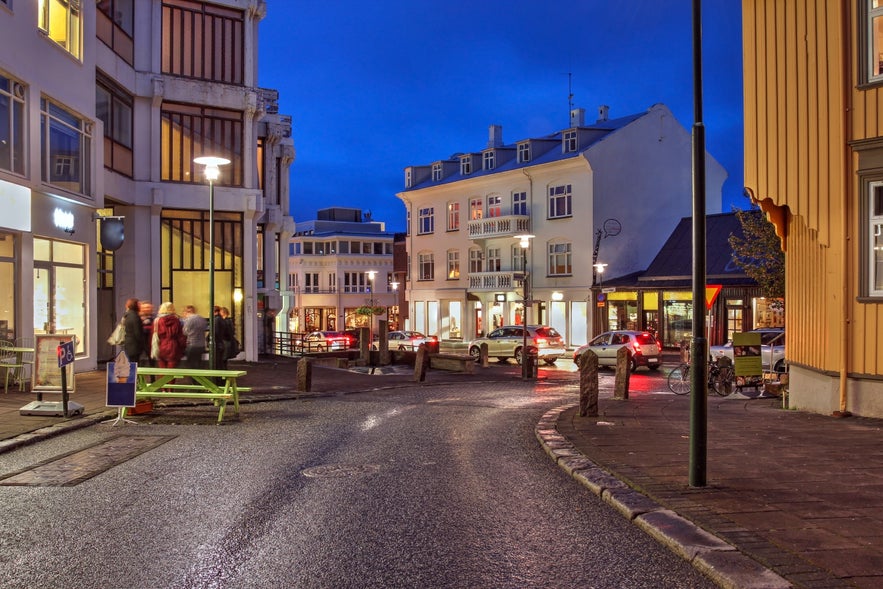 If the prices of alcohol at the bars in Iceland have left you dumbstruck, be assured it's quite a natural reaction! Iceland is near the top of the charts when it comes to the price of a pint worldwide, which can leave a significant dent in the wallet of any thirsty traveler.
If the prices of alcohol at the bars in Iceland have left you dumbstruck, be assured it's quite a natural reaction! Iceland is near the top of the charts when it comes to the price of a pint worldwide, which can leave a significant dent in the wallet of any thirsty traveler.
The people of Iceland have adapted to these hefty prices in several ways. One of those is pregaming—having some drinks at home before venturing downtown. Having a couple of drinks at your accommodation in Iceland rather than at the bar can save you a lot of money in the long run.
If you prefer experiencing the bustling atmosphere of a local bar or club, you can mitigate the cost by visiting during happy hour when prices can be significantly lower. If you're worried about not knowing where and when to go to take advantage of this lucrative tip, worry not - we've got you covered with our guide to happy hours in Reykjavik, where you'll learn where and when to find the cheapest beer in town. Skál!
2. Near Beer
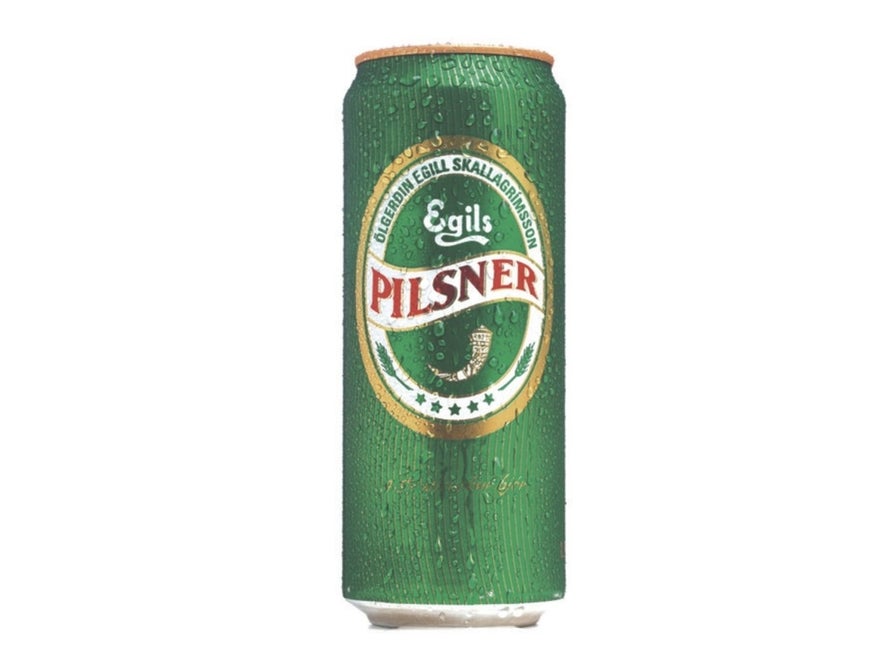 Speaking of beer in Iceland, many visitors to the island may not know the regulations regarding beer sales. Alcoholic beverages are exclusively sold in state-run stores called Vinbudin (The Wine Store) and may not be sold over the counter anywhere else.
Speaking of beer in Iceland, many visitors to the island may not know the regulations regarding beer sales. Alcoholic beverages are exclusively sold in state-run stores called Vinbudin (The Wine Store) and may not be sold over the counter anywhere else.
"But I've seen beer at Icelandic supermarkets!" might be your reply - an understandable misunderstanding! Supermarket shelves are stocked with various brands of relatively cheap "near-beer" products with alcohol content ranging from 0% - to 2.25%.
Since many travelers don't know this, it's relatively common to see foreign visitors victoriously pushing full shopping carts stuffed with watered-down near-beer through Icelandic supermarket aisles, oblivious to the true nature of their loot.
While not exactly an Iceland tourist trap, this is definitely one mistake that tourists make frequently enough that it warrants mention. On the plus side, although near-beer might keep the party from taking off with a bang, the upside is that it will never keep you from getting out of bed the following morning.
1. Puffin Shops

Easily topping our list of tourist traps in Iceland are the so-called "puffin shops," which can be found all over downtown Reykjavik and at popular attractions around the country. These souvenir boutiques claim to sell "authentic" Icelandic souvenirs and memorabilia, but in reality, most of the so-called "Iceland" branded products found in these shops are mass-produced junk.
Now, if you genuinely want to get yourself a plastic Viking helmet or overpriced puffin-branded accessories, knock yourself out at the puffin shops. There's nothing wrong with treating yourself to something touristy, but just keep in mind that you're paying a lot for very little.
If you are looking for authentic Icelandic memorabilia, we recommend buying from the Handknitting Association of Iceland, shopping in the gift shop at the National Museum, or visiting the Kolaportid flea market. It is located downtown by the Reykjavik harbor and is open Saturdays and Sundays from 11 a.m. to 5 p.m.
We hope this guide to the top 9 worst tourist traps in Iceland steers you away from some unfair experiences and helps to improve your trip. We'd love to hear about your own experiences of tourist traps in Iceland in the comments below!
Muita kiinnostavia artikkeleja

Islannissa ajaminen: Täydellinen opas Islannin roadtripille
Kattava oppaamme käy läpi kaiken mitä haluat tietää Islannissa ajamisesta! Lue oppaastamme, miksi ajaminen Islannissa on helppoa kesällä ja vaikeampaa talvella. Opi miten vuokrata auto Islannissa om...Lue lisääGuide to Iceland | Islannin johtavan matkatoimiston tarina
Mikä on Guide to Iceland? Milloin Guide to Iceland perustettiin ja miksi? Miten Guide to Iceland on muuttunut alkuaikoihinsa verrattuna? Jatka lukemista, niin saat tietää kaiken Islannin johtavasta...Lue lisää

Lataa puhelimeesi Islannin suurin matkailumarkkinapaikka, jotta voit hallita koko matkaasi yhdessä paikassa
Skannaa tämä QR-koodi puhelimesi kameralla ja paina näkyviin tulevaa linkkiä lisätäksesi Islannin suurimman matkailumarkkinapaikan taskuusi. Lisää puhelinnumerosi tai sähköpostiosoitteesi, niin saat tekstiviestin tai sähköpostin, jossa on latauslinkki.
